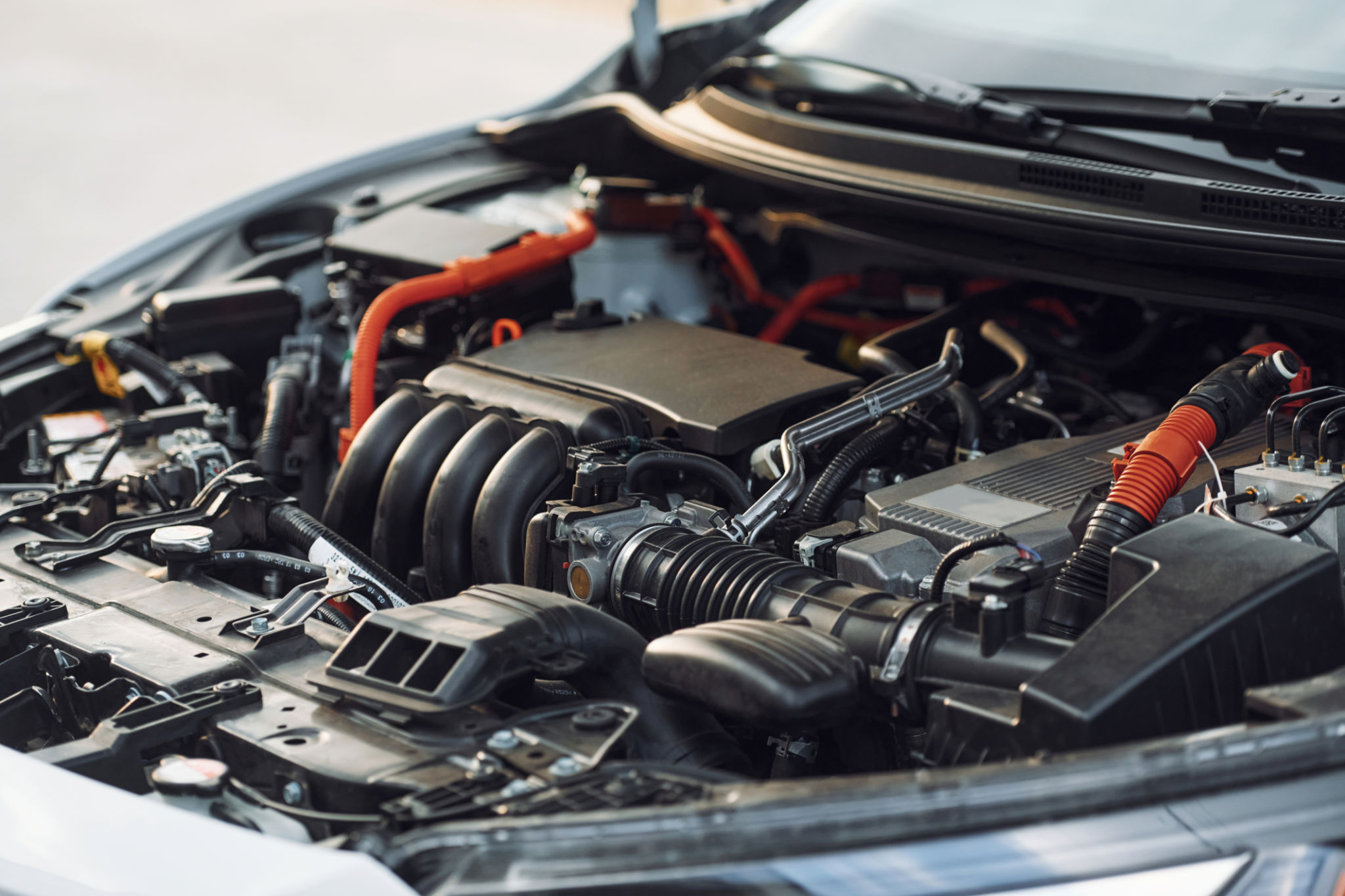DIY Guide: Fixing Common Auto Electrical Issues Safely
Understanding Auto Electrical Systems
Cars today are more reliant on electrical systems than ever before. From the ignition to the lighting, modern vehicles depend heavily on electricity to function properly. Understanding the basics of these systems can help you troubleshoot and fix common issues yourself. This DIY guide will walk you through the steps to safely address some frequent auto electrical problems.

Tools You'll Need
Before diving into any repairs, it's crucial to have the right tools on hand. Here's a list of essential tools for tackling electrical issues in your vehicle:
- Multimeter
- Wire cutters and strippers
- Electrical tape
- Screwdrivers (flathead and Phillips)
- Flashlight
Having these tools ready will make your repair process smoother and more efficient.
Common Electrical Problems and Solutions
Dead Battery
A dead battery is one of the most common issues drivers face. If your car won't start, the first step is to check the battery. Look for corrosion on the terminals and ensure they are tightly connected. If the battery is old, it might be time for a replacement.
To jump-start your car, use jumper cables and connect them to a working vehicle. Let the engine run for a few minutes before attempting to start your car. If it starts, consider testing the battery's health with a multimeter.

Faulty Alternator
The alternator charges the battery while the car is running. If your battery frequently dies, it could be due to a faulty alternator. To test this, start the car and use a multimeter to check the voltage across the battery terminals. A healthy alternator should show a reading between 13.8 and 14.8 volts.
If the reading is lower, it may be time to replace the alternator or have it professionally repaired.
Blown Fuses
Another common issue is blown fuses, which can cause individual electrical components to stop working. Locate your car's fuse box (typically under the dashboard or in the engine compartment) and check for any blown fuses. They are usually easy to spot as the metal wire inside will be broken.
Replace any blown fuses with ones of the same amperage. Using a higher-rated fuse can cause damage to the electrical system.

Safety Tips
Prioritize Safety First
When working with electrical components, it's crucial to prioritize safety. Here are some tips to keep in mind:
- Disconnect the Battery: Always disconnect the negative terminal of the battery before working on electrical components.
- Avoid Wet Conditions: Never work on electrical systems in wet or damp conditions to prevent shock.
- Wear Protective Gear: Use gloves and goggles to protect yourself from any accidents.
By following these safety measures, you can ensure a secure DIY repair experience.
When to Seek Professional Help
While many electrical issues can be resolved at home, there are instances where professional assistance is necessary. If you encounter a problem that you can't diagnose or fix, or if you're uncomfortable with any part of the process, it's best to consult a professional mechanic. They have the expertise and equipment to handle complex issues safely.
Remember, addressing minor electrical problems early can prevent more significant issues down the road. With a bit of patience and care, you can maintain your vehicle's electrical systems effectively.